A2Z Drone Delivery has secured a significant advancement in drone infrastructure technology with the granting of U.S. Patent No. 12,258,153 B2 covering its portfolio of A2Z Air Docks. The patent, awarded on March 25, 2025, represents a crucial step toward enabling autonomous drone networks that can operate continuously across extensive geographical areas.
Breaking the Battery Barrier with an Elevated Docking Solution
The newly patented technology addresses one of the Drone Industry‘s most persistent limitations: flight range. Unlike competing solutions that rely on complex mechanisms, A2Z’s approach shifts the technical complexity from the ground station to the UAV itself. The system features no moving parts at the dock, instead integrating all battery charging and precision landing capabilities into the airborne vehicle.
“Our A2Z AirDock system eschews the complexities seen in most drone docking systems,” explains Aaron Zhang, CEO and Co-Founder of A2Z Drone Delivery. “This simplification in design allows multiple A2Z AirDocks to be positioned across wide regions while minimizing their need for maintenance.”
This design philosophy yields substantial practical benefits. One currently deployed network already supports reservoir patrols, emergency response, and local food deliveries across an impressive 315 square kilometers—demonstrating the system’s real-world viability beyond conceptual applications.
Multiple Configurations for Diverse Deployment Scenarios
The patent covers several iterations of the AirDock system, each tailored to specific operational requirements:
- AirDock Portable: A single-drone configuration designed for rapid deployment and relocation
- AirDock Shelter: Features a durable clam-shell enclosure providing weather protection for extreme environments
- AirDock Dual: Supports simultaneous docking for two drones
- AirDock Quad: Expands capacity to four simultaneous docking positions
This variety enables deployment flexibility based on mission requirements, geographic constraints, and budget considerations. When combined with the company’s Longtail AirDock Edition UAVs, these docks create the infrastructure for unmanned aerial systems to move autonomously between stations, refreshing batteries and exchanging payloads.
Beyond Technical Specs: Financial and Operational Implications
While the technology itself is impressive, A2Z’s business approach may prove equally significant. The company has designed the system with resource sharing in mind, allowing multiple stakeholders to utilize a single drone infrastructure network—potentially transforming how communities fund and operate drone services.
For budget-constrained organizations, A2Z offers a drone-network-as-a-service (DNaaS) model, where the company retains ownership and maintenance responsibilities for the physical infrastructure while customers focus on flight operations and service delivery.
This approach could substantially lower barriers to entry for municipal governments, emergency services, and small businesses seeking to implement drone services without massive capital investments—particularly important as the industry works to establish sustainable business models.
Software Integration Balances Expertise Requirements
Beyond hardware, A2Z has developed two distinct software platforms for network management. The pilot interface provides trained operators with route planning, network monitoring, and manual override capabilities. Meanwhile, a separate end-user interface allows non-technical personnel to request services, Review footage, and analyze data without specialized training.
This dual-interface approach represents a thoughtful consideration of real-world operational requirements, where technical drone pilots and service-focused end users often have dramatically different needs and expertise levels.
Market Position and Patent Portfolio Growth
This latest patent builds upon A2Z’s existing intellectual property, which includes previously secured patents for their RDS2 commercial drone winch (US Patent No. 11,155,449 B2) and quick-release mechanism (US Patent No 20,230,303,249 A1). These complementary technologies support altitude-based delivery—keeping spinning propellers away from people and property during package transfers.
While numerous companies are developing drone docking stations, A2Z’s emphasis on simplicity and maintainability represents a pragmatic approach to the challenges of real-world deployment. The solid-state design prioritizes durability in diverse outdoor environments—an essential consideration for infrastructure that must function reliably with minimal maintenance across seasons and years.
Regulatory Considerations and BVLOS Operations
Perhaps most significantly, the AirDock system addresses infrastructure requirements for beyond-visual-line-of-sight (BVLOS) operations—widely considered the next frontier for commercial drone services. As Zhang notes, “the AirDock offers a backbone upon which to build the drone infrastructure necessary for reliable drone service missions to reach beyond-visual-line-of-sight.”
The timing could prove advantageous as regulatory frameworks for BVLOS operations continue to evolve. By establishing infrastructure readiness, A2Z positions itself to capitalize on regulatory advancements that many industry experts anticipate in the coming years.
DroneXL’s Take
A2Z’s patent represents a pragmatic approach to drone infrastructure—prioritizing simplicity, maintainability, and operational flexibility over technological showmanship. While the industry has seen numerous complex docking concepts, A2Z has focused on creating a system that emphasizes reliability and ease of maintenance.
The company’s resource-sharing model also demonstrates an understanding of market realities, where few organizations can independently justify the investment required for comprehensive drone infrastructure. By enabling cost-sharing across stakeholders, A2Z may have found a viable path toward the widespread drone networks that the industry has long envisioned but struggled to finance.
The ultimate test will be real-world deployment at scale—something the drone industry has historically struggled with despite promising pilot programs. A2Z’s operational 315 square kilometer network suggests they may be making tangible progress in this direction.
Discover more from DroneXL.co
Subscribe to get the latest posts sent to your email.
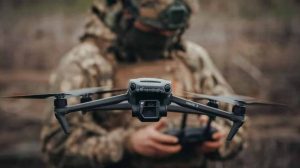



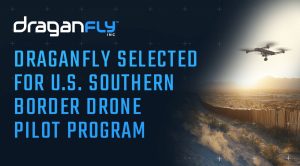
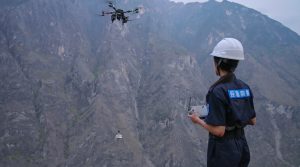
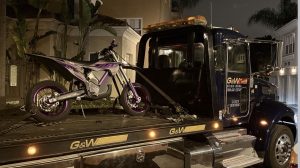






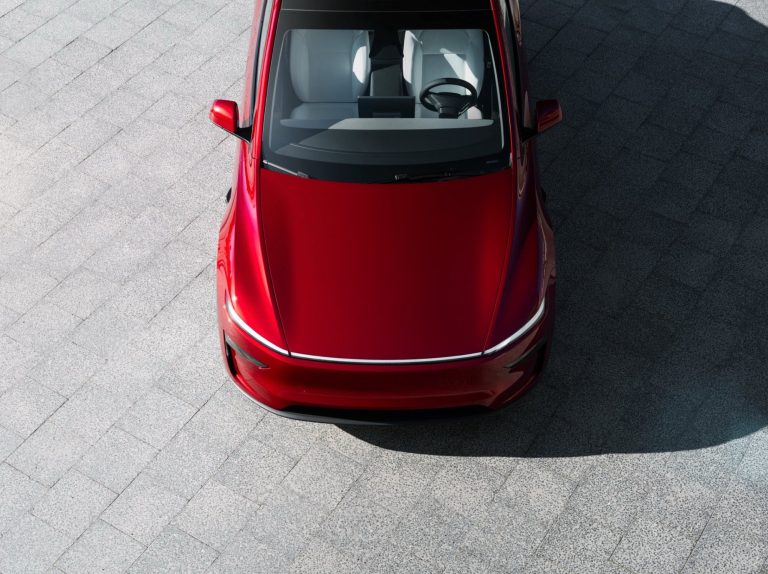
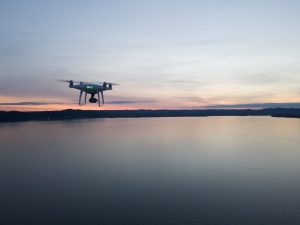
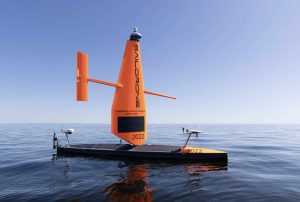
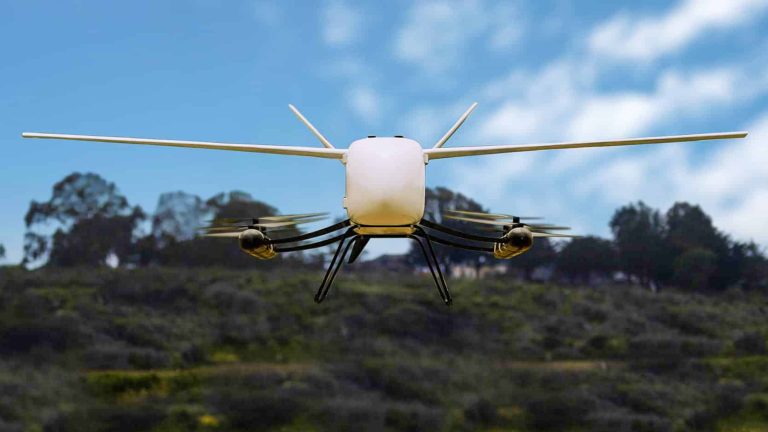

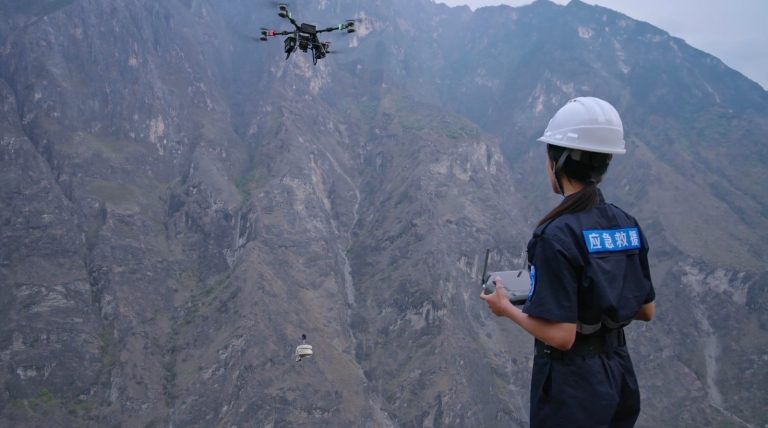

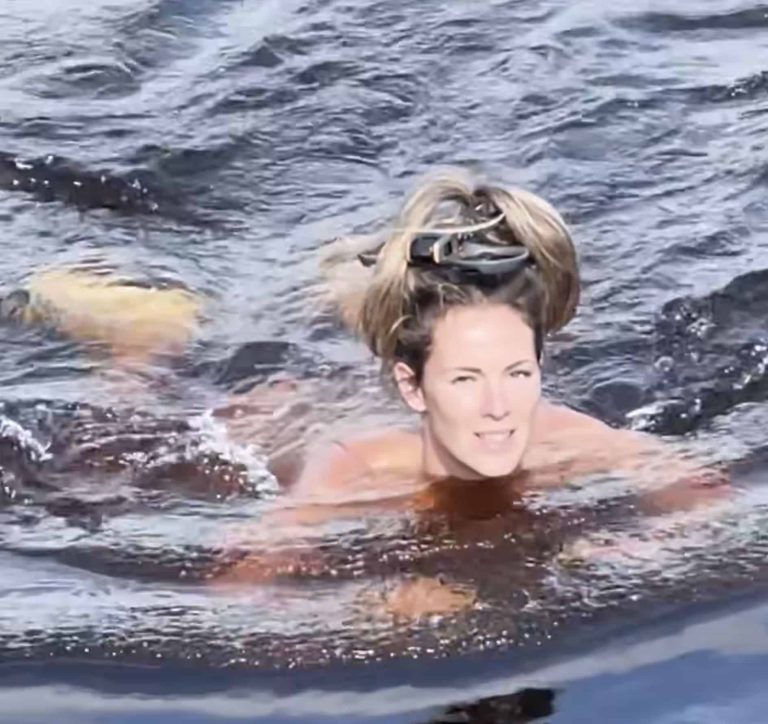
+ There are no comments
Add yours